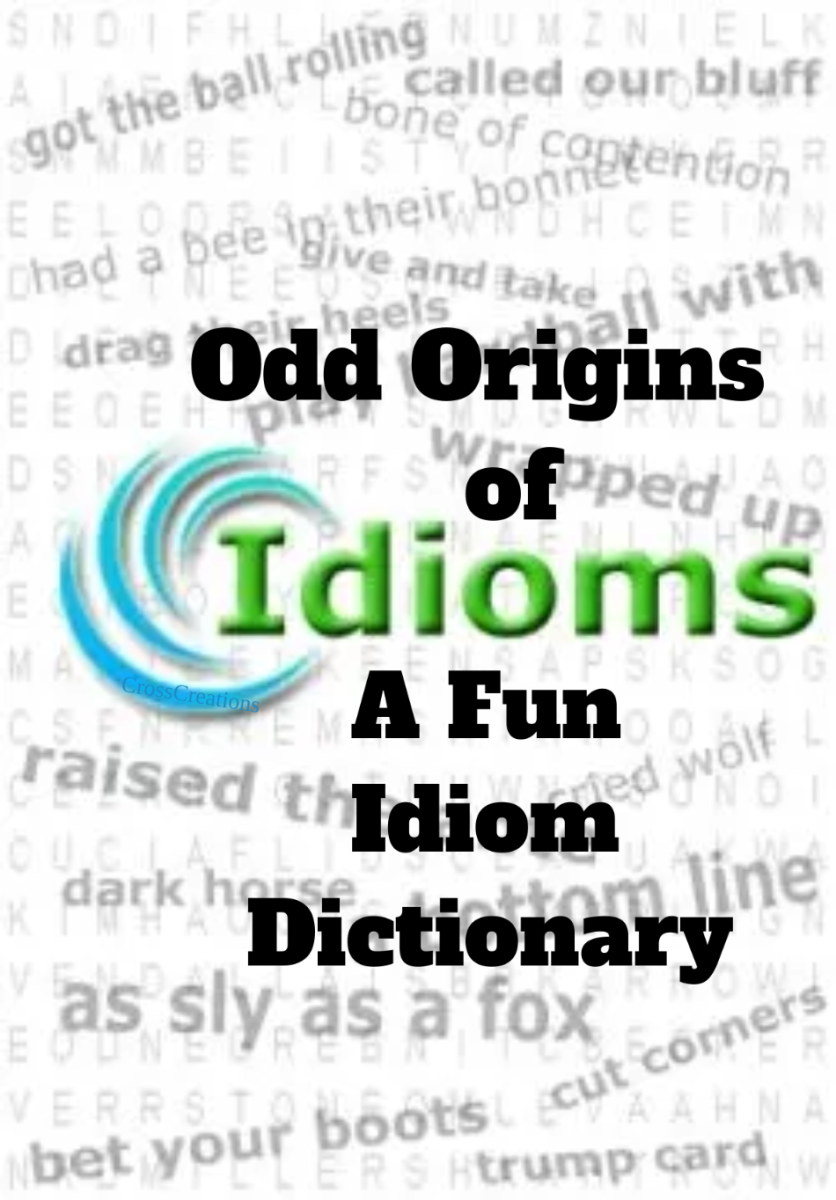'Traditional' definition of noun doesn't work
In this essay, I will explain and argue about the ‘traditional’ definition of noun that it is no longer acceptable to view noun as a person, place, or thing, but also with abstract ideas. I will also explain the significant factor of a noun including its grammatical categories, pluralisation, syntactic structures, and noun phrasing which includes the importance of the articles in a noun. Few of these will be compared and contrasted to the Filipino languages particularly Cebuano and Tagalog as these languages are widely use in the Philippines.
Although noun is commonly considered as a person, place, or thing, this general overview may be arguable as there are some nouns that are known as ‘abstract’ nouns.
Abstract noun is a noun denoting an idea, quality, or state rather than a concrete object. To explain it further, let us look at closely the sample sentence: an honour student, and the beauty of English Language. The nouns honour and beauty are used as abstract to refer to properties and qualities.
Another objection is that there are some nouns refer to events such as marriage and destruction. For example, My sister’s marriage has been a happy one, and Weapons are the destruction of humankind (Fromkin et al, 2009: 129). Base upon the examples given, the general description of noun is rather vague and may be considered as inadequate definition of such term.
In addition to support to this claim, as we all know that there are number of grammatical categories of nouns such as common or proper (Josh, John); animate (wife) or inanimate (luggage); abstract (opinion) or concrete (soda), countable (book) or uncountable (information). However, a noun may have one feature in one context and the opposite feature in another. For example, glass is countable in I’ll have another glass of Champagne wine, but uncountable in That dish is made of cut glass (McArthur, 2003).
Another thing, a noun can have a singular and a plural form by adding –s or –es into a word like book (singular) , and the plural is books, and church (singular) becomes churches in plural form, but the plural of ox becomes oxen, not oxes. Another example is that if one fowl is a goose, but two are called geese, yet the plural of moose should never be meese. You may also find a lone mouse or a nest full of mice yet the plural of house is houses, not hice.
It is also important to highlight that if plural of man is always called men, yet the plural of pan is not called pen. Foot becomes feet in plural form, but the plural of boot is not beet. But any of these ‘rules’ above does not qualify with a noun ending with y like lady, and the plural is ladies. Therefore it is incorrect to pluralise the word lady with –s or –es as it becomes ungrammatical. Instead y is changed into ‘i’ and adding –es to make it plural as in ladies is grammatically accepted.
On the other hand, putting a number before them is entirely acceptable and syntactically correct as well like 1 book, 10 films, one child. However, not all nouns are qualified on this rule mainly because that there are also nouns so-called ‘uncountable’ nouns as in water, air, information, etc but it is incorrect in English to say *2 waters, *10 airs, *29 informations, and *3 loves. Because of this, English native speakers tend to use phrases like a bottle of… (water or wine), a lot of… (Information), and so on (Shoebottom, 2012).
However, on contrary, the ‘rules’ of plural forms in English does not apply in Filipino language. In English, one of the rules of pluralisation of a noun is adding suffixes into a word, which was explained above whereas in Filipino you would need to add another word mga instead before a noun to indicate that it is in a plural form. For example, mga aklat (books), mga simbahan (churches), mga bata (children) and so on. Interestingly, Filipino language uses phrases similar to English language when it comes to uncountable nouns such as isang botelyang... (wine) that is a bottle of wine in English, maraming mga... (impormasyon) that is a lot of information in English, etc. It is apparent that both languages are different, but both have similarities as well especially when it comes to using phrases for uncountable nouns.
It is also important to pinpoint that definite or indefinite articles such as a, an and the are significantly used to form a noun phrase e.g. a student, an orange, the Oxford book (Crystal, 2004:138). However, it can be argued that articles are all that important particularly with uncountable nouns most especially if you mean things in general like Do you like music?, I need help, are few examples that articles may no longer necessary for general meaning.
Nouns can also be modified by an adjective that is placed before and after them like An old woman and She is beautiful (McArthur, 2003). Interestingly, compared to the English language, Filipino language has similar syntactic rules using these kinds of adjectives. For example:
English Visayan/Cebuano Tagalog
1. An old woman Ang tiguwang na babay Ang matandang babae
2.*Woman old an *Babay na tiguwang ang *Babaeng matanda ang
3. She is beautiful Siya ay gwapa Siya ay maganda
4.*Beautiful is she *Gwapa ay siya *Maganda ay siya
The pattern 1 and 3 are syntactically correct whereas the pattern 2 and 4 are incorrect chiefly because 2 and 4 did not follow the right syntactic pattern, which means that a) a determiner must be placed first followed by an adjective and a noun (see pattern 1), and b) a noun should be place first followed by an auxiliary and an adjective (see pattern 3). Again since patterns 2 and 4 used a sequence that is unacceptable in English so therefore it is ungrammatical. More interestingly, these sample patterns above also suggests that two specific Filipino languages follow the rules of grammar particularly using the adjectives in English (Fromkin et al, 2009: 118).
Although it may seemed that these specific Filipino tongues may have similar patterning following the ‘adjective rules’ in English, but looking at the examples below also suggest that these Filipino languages do not follow the Subject-Verb-Object format in English:
English Visayan/Cebuano Tagalog
5. Josh loves movies *Josh ganahan og movies *Josh gusto ang movies
6. *Movies loves Josh Movies ang ganahan ni Josh Movies ang gusto ni Josh
7. *Love Josh movies Ganahan si Josh og movies Gusto ni Josh ay movies
Native Cebuano and Tagalog speakers acknowledge that intuitively that the pattern 5 are unacceptable, but grammatically correct in English. However, patterns 6 and 7 are unacceptable in English, but grammatically acceptable in the Philippines. Potet, J.P. (1988: 67), the author of Semantics: Transference in Tagalog further explained this:
We say, “X gave Y to Z”, but “X took Y from Z”. What is marked by a change of prepositions in English is marked by a chance of verbal affixes in Tagalog. This change of markers is triggered by the direction taken by Y between X and Z.
In other words, it suggests that it is unacceptable to follow the SVO syntactic rule (XYZ) in Tagalog language, but it is grammatical in English. Therefore, these Filipino languages follow the Verb-Subject-Object (YXZ) and Verb-Object-Subject grammatical (YZX) rules as Potet, J.P. (1988: 67) claims.
Lastly, nouns in English do have gender classes that can be identified as male or female references like man, boy, king, actor, are nouns of masculine gender, and woman, girl, queen, actress, are nouns of feminine gender. There are also some pairs of nouns exist one of which has a suffix marking a male/female contrast such as host/hostess, hero/heroine, widow/widower, etc (McArthur, 2003). In addition, there are also noun that is classified as ‘common gender’ in which it can refer to as both genders like child, student, friend, applicant, candidate, servant, member, are few examples of this. Another thing is that noun also have so-called ‘neuter gender’ which refers normally to lifeless objects such as chair, mountain, street, book, car, computers, are few of the neuter nouns which is used regularly in English.
In conclusion, nouns are therefore should not be define merely as a name of person, place, or thing as again it can be argued that events and abstract ideas that can also be identified as nouns, as explained above. It is also pinpointed that grammatical categories of a noun can also be argued mainly because a noun may have one feature in one context and the opposite feature in another as again a word may be classified as countable noun in one sentence, but uncountable noun in another as explained previously. Plus it is also been discussed above about the rules of pluralisation of noun, but what was more fascinating was that there are nouns that are qualifies as plural nouns even though it did not necessarily followed the ‘traditional’ pluralisation rules of a noun. Like for example, instead of adding some inflectional morphology like –s, -es in the purpose to make a noun becomes plural, but words like men, oxen, teeth, feet, are few examples of plural nouns and suggests that this ‘classic’ morphological rules can be argued. On the other hand, nouns can also be modified by an adjective that can be placed before and after them. But when it comes to noun phrasing, the rules of articles can also argued as there are nouns that is used for general meaning and therefore articles are no longer important in the sentence construction. Lastly, I have also explained that different type of gender classifications of nouns and that is not only it has a male and female references, but also there are nouns that is for neither gender which is known as ‘common’ gender like student, child, friends. Plus not only that it has also been discussed that nouns do have ‘classes’ for lifeless objects also known as ‘neuter nouns’ like mountains, cars, street, book, school, tree, chair, start, are few examples of these kinds as explained above
Bibliographies
Crystal, D. 2004. Rediscover Grammar. 3rd ed. Essex: Pearson Education.
Fromkin, V., Rodmann, R., Hyams, N. 2009. An Introduction to Language.9th ed. Boston: Nelson Education, Ltd.
McArthur, T. (ed). 2003. Concise Oxford Companion to the English Language. Great Clarendon Street, Oxford: Oxford University Press.
Potet, J.P. Semantics: Transference in Tagalog.In: Cahiers de linguistique - Asie orientale, vol. 17 n°1, 1988. pp. 67-109. Available at: 10.3406/clao.1988.1260. http://www.persee.fr/web/revues/home/prescript/article/clao_0153-3320_1988_num_17_1_1260#. Accessed 05/11/12.
Shoebottom, P. 2012. A guide to learning English. [Online]. http://esl.fis.edu/grammar/rules/article.htm. Accessed 15/10/12 and 1/11/12.
Tagalog Lang. 2012. [Online]. Available at: http://tagaloglang.com/Basic-Tagalog/Tagalog-Grammar/mga-to-make-words-plural-in-tagalog.html. Accessed 04/11/12.
Vanhove, M. et al. 2012. Morphologies in Contact. Berlin: Akademie Verlag GmbH.








